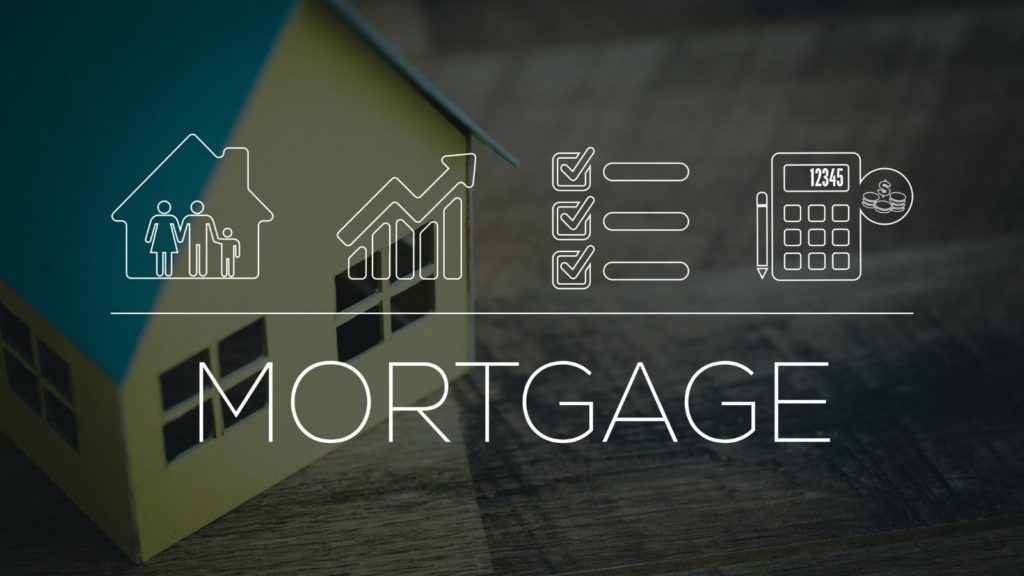Are you considering buying a home? Congratulations! It’s definitely a big step. And, like with any big decision, there’s a lot to think about. One of the most important things to figure out is how you’re going to finance it. You’ve probably heard of mortgages – they’re loans used to buy homes. But what are they exactly? How do they work? Here’s what you need to know about getting started with a home mortgage loan.

What is a Mortgage, and How Does it Work?
A home mortgage loan is when a person borrows money from a bank or other financial institution to buy a home. In most cases, you borrow the money in the form of a lump sum and pay it back in monthly installments over an agreed-upon period of time (usually either 15 or 30 years, usually 30).
The Four Types of Home Mortgage Loans
There are a number of different types of mortgages, but they can be broken down into four categories: Conventional loans, FHA loans, VA loans, and USDA loans.
Conventional loan: Conventional loans are the most commonly used method of financing a home purchase. They require a 20 percent down payment, a credit score of at least 620 or better, and a debt-to-income ratio of 36 percent or lower.
FHA loan: FHA loans are mortgages insured by the Federal Housing Administration (FHA). They offer more lenient credit requirements and often allow for lower down payments.
VA Loans: VA loans are mortgages issued to those who served in our armed forces and their spouses. Veterans can benefit from low-interest rates and no down payment with these loans.
USDA Loans: USDA loans are mortgages given to homebuyers in rural areas or those who live on a farm as their primary residence. The United States Department of Agriculture (USDA) backs these loans, so they provide very lenient credit requirements and little-to-no down payment.
Employment History
In addition to your credit score and DTI, your lender will look into your employment history, hoping for a minimum of two years with the same employer. This tells the bank that you’re likely to maintain job security and will be able to make your mortgage payments. The bank will also verify your employment on the day of closing, so don’t make any changes to your job until after you’ve signed the final documents and collected your keys.
Shop Different Lenders
Once you’ve determined the type of loan you’ll need, it’s time to compare at least three lenders to see how they stack up in terms of interest rates, terms, and closing costs. The lender is the one who is responsible for providing you with an estimated list of costs and then also issues a final statement of actual closing costs. You’ll soon learn that closing costs can vary significantly between lenders.
How to Apply for a Home Mortgage Loan
It’s important to get pre-approved for your home mortgage loan, so start the application process long before you start shopping for houses.
First, your lender will ask for documentation that verifies your identity and employment status. You’ll also be required to provide details about your yearly income, sources of monthly income, credit history, mortgage-paying habits, and much more.
After this step is complete comes the offer review. Your lender will send an offer letter detailing how much they can loan you based on all the information provided. If you find it acceptable, sign the document and return it to them so they can send it to their underwriters, who will go over everything once again just to be sure there are no errors or missing information.
After the underwriters approve your loan, they’ll send you an official packet detailing how much money you can borrow and all of the conditions attached to it.
Fixed-Rate vs. Variable Rate
Fixed-rate loans are when the interest rate is set at a certain percent for the entire life of the loan. This type of mortgage makes it easier to budget since you know exactly how much your monthly payments will be each year for the next 30 years.
Variable-rate mortgages, on the other hand, have interest rates that can change from month to month with market conditions. These types of mortgages offer lower initial rates but usually end up costing more in monthly payments over time because they can increase anytime.
Pre-Paid Points
Pre-paid points are fees paid to your lender that will lower your interest rate on your home mortgage. One point is equal to one percent of the loan amount, so it makes sense to pay for as many points as you can afford since each one reduces the interest rate by one percent.
Closing Costs
To purchase residential real estate, on top of your down payment, you’ll have to pay closing costs, which equate to between three and six percent of the value of the house you’re purchasing. Some closing costs you may encounter include:
- Application fee
- Credit check fee
- Loan processing fee
- Appraisal
- Inspection
- Title check
- Title Insurance
- Property taxes
- Homeowners insurance
- Private mortgage insurance (PMI)
- Attorney fees
Closing costs are not usually included in the home mortgage loan. They’re generally paid cash-out-of-pocket. However, you may be able to negotiate closing costs with the seller so that they pay a portion. You may also be able to find a lender who is willing to finance the closing costs. Just remember you’ll be paying interest on that money for the life of your loan.
Conclusion
When it comes to finding the right home mortgage loan, keep in mind that you don’t always have to accept the first offer that is given. Be sure and compare at least three lenders and their interest rates and closing costs before making a final decision on which one is right for you. Have all of your documentation ready to expedite the process. Decide whether you want a fixed-rate or variable rate loan and if you plan to purchase points to lover your overall interest.
Talk with your real estate agent today for more information about the basics of a home mortgage loan.


